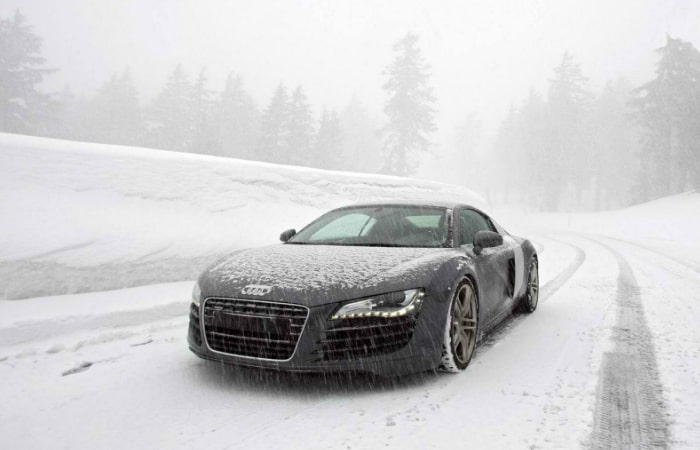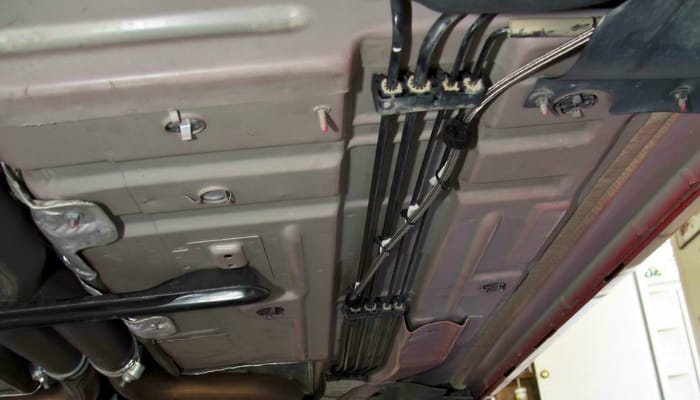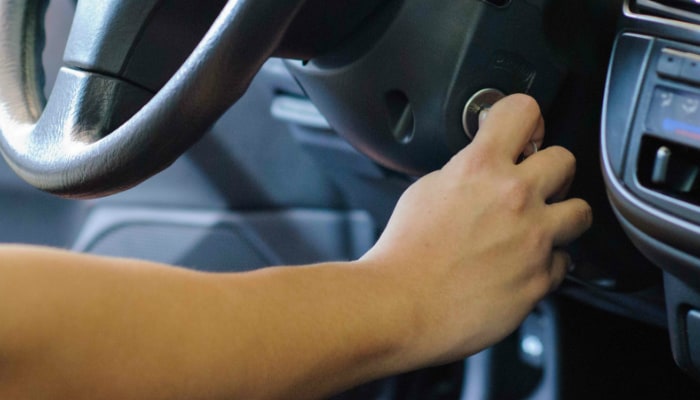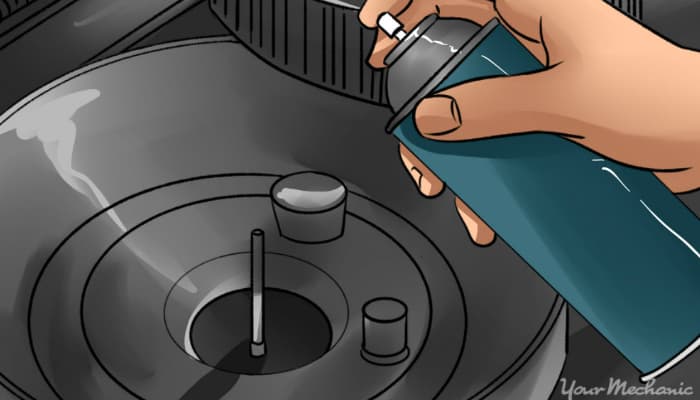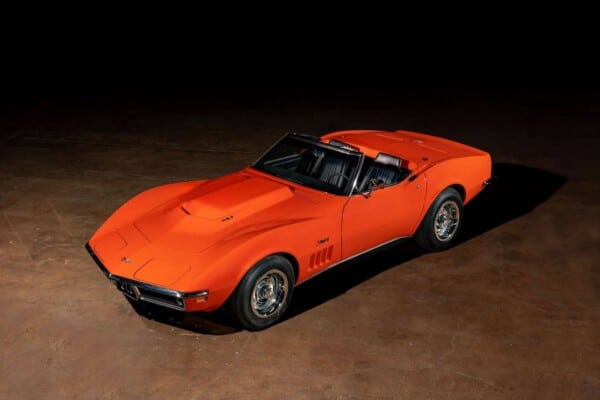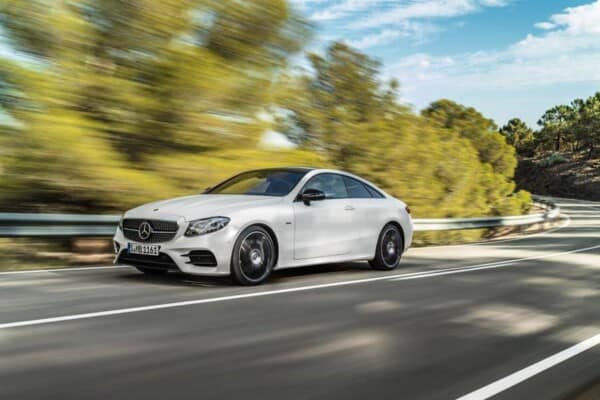Most car owners know this problem: Why are vehicles so fragile when exposed to cold temperatures? It is just strange to think that a car can survive big road bumps and long travels but not freezing mornings. Lucky people who never faced this problem either live in a tropical climate or have a heated garage. Once you hear a clicking sound when you start the engine during winter, you are in big trouble.
Common Reasons
To combat this common vehicle issue in the future, find out several reasons why a car will not start in cold weather.
Battery
Overly low temperatures can affect the battery’s chemical components, making it significantly slow. When a car battery is weak, it may not start the engine at all. However, for new batteries and old ones that are still super-okay, check the alternator.

How can we avoid this problem? It is highly recommended to change the car battery at least once in three years. If the battery is already malfunctioning, you can use another car’s jump start and a strong jumper cable set as a temporary solution. Then, purchase a new battery pronto.
Fuel Line
The main cause of a faulty fuel line leading to a dead car during winter is water. Strangely though, fuel lines should never have water in it. Unfortunately, drastic changes in temperature lead to condensation, which leaves water in fuel lines and even fuel tanks.

If a fuel line has water, the liquid freezes. Thus, gasoline will not reach the motor. The end part is the combustion failing to operate. The best prevention for this is using a low-alcohol fuel or simply premium fuel. For worse cases, the fuel lines must really be replaced or repaired.
Oil
If you are using the wrong kind of oil, then no wonder your car does not start in cold weather. To identify which oil is the best for your car, read the manual. Surely, the owner’s manual indicates what your engine needs. You can also search online using your car’s make and model as a basis. And of course, asking pros in the automotive shop will surely help with your dilemma.
Looking at the bigger picture, a lot of new cars use thin oil such as 5W-20 to withstand cold weather. Most car owners living in cold countries prefer to utilize synthetic motor oils. This type of oil remains in liquid form even if gets really cold. On the other hand, thick oil such as 10W-30 tends to have its molecules clump together when the freezing weather starts kicking in. It makes the engine push harder because of the gooey substance.
Carburetor
For new vehicle models, the carburetor is usually not part of the reasons why a car will not start in cold weather. Why? Most new cars use a fuel injection system. With older cars, however, the carburetor can be a culprit for an annoying startup during cold mornings.

What is a carburetor? It mixes oxygen into small portions of gasoline to operate the internal combustion engine. Once the choke does not close, it will take in lots of air. That’s why a car will not start in cold weather.
Gasoline
It is only natural that gasoline evaporates less at low temperature. After all, gasoline is a liquid. With the cold weather, there is no heat to make the gasoline evaporate fast. If the gasoline does not evaporate quickly, the car will have a hard time burning it. Gas vapor is burned by the car, not the liquid itself.
Many car owners spray ether on the engines during winter for an easier vehicle startup. Ether is faster than gasoline when it comes to evaporation no matter how cold it gets. In line with this, you may also check out our article about the freezing temperature of gasoline.
How to Start a Car in Cold Weather
In order to successfully start a vehicle when the cold temperature has already done its job, follow these tips:
Turn off everything.
Turn off the defroster, heater, headlights and other electrical accessories. This is to make the battery focus on just one thing only – turning the engine on.
Crank it up.
Next, crank the engine for less than 10 seconds and stop. Do this repeatedly until the engine finally catches up. Remember that starter motors overheat really fast if you let them run for more than 10 seconds. If it still does not work, rest for a couple of minutes to repeat the whole process again.

Use starter fluid.
If your car has a carburetor, try using a starter fluid to support your startup. If you are not familiar with it, a starter fluid is available in aerosol cans. You just need to spray it into the air cleaner. For additional information, ask the store’s staff.

Remove the battery.
Here is another tip for pro car owners only. Warming the battery requires complete removal from the car. This is recommended if the cranked engine is still slow.
Jump-start the battery.
This is the last resort. You will need an additional car that still works fine. You will also require a companion who knows how to drive, a protection for your eyes and a set of cables for the battery.

How to Prevent a Dead Car During Winter
Saying that you do not own a heated garage is not an excuse to let your car freeze to death if you have an ordinary one. For your regular indoor garage, invest in a kerosene or electric heater. It does not matter if you buy the small ones. Don’t worry, small heaters are downright affordable. You can also purchase covers and blankets made for cars. Just avoid putting a blanket right over the engine. That can result to fire.
Other Car Safety Precautions Before and After Winter
Before winter, change the fluid for your windshield wiper. Too much sludge and salt can totally block your windshield. Remove the wipers when not in use since they can stick to the glass due to extremely cold temperature. You might have to eventually break them for removal in case you forget the routine. Also, change your antifreeze to stop engine rust.
Right after winter, you will still get busy for your car. Change the windshield wipers because the freezing weather might have cracked them. Do a general cleaning all over your car to remove grime and salt in areas that are difficult to reach.
Summary
Winter must not stop you from taking a drive, especially if you really need to go somewhere. That’s why it is annoying if the car fails to start during a cold morning. Keep in mind the reasons why a car will not start in cold weather because these are essential for you to know the exact solution.
Since batteries have an impact on how easy a car starts during cold weather, take a look at our list of the best car batteries. While you’re at it, check out our list of the best car battery testers as well.

